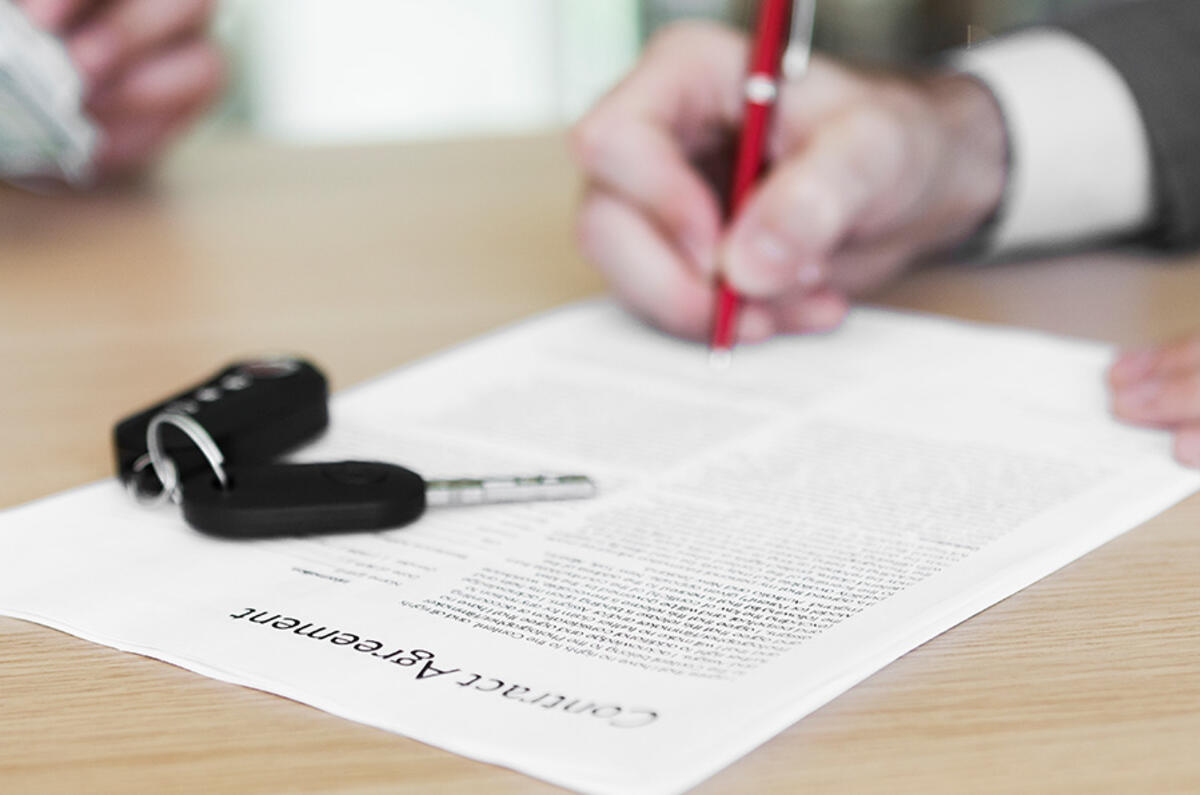When you’re buying a new car or an expensive used car, you’ll probably be offered GAP Insurance. Guaranteed Asset Protection insurance – to give it the full title – can protect you from possible financial loss if your car is stolen or written-off.
So, what exactly is GAP Insurance, and when should you pay extra for it? We've partnered with ALA Insurance to give you the low-down.
What does GAP insurance offer?
If your new car is stolen or written off, your regular insurance policy will only reimburse you the car’s current market value – not what you originally paid for it. On average, new cars lose around 40% of their value in the first 12 months and around 60% over three years, so you could end up feeling out of pocket.
To redress that loss, GAP insurance covers the shortfall between the car's purchase price and the amount your insurer will pay out in the event of a total loss.
GAP insurance can be used to cover cars up to 10 years old, but is most useful for cars up to three years old which experience the fastest depreciation. Most independent GAP insurance providers will offer cover for up to four years, while dealer-supplied GAP insurance cover is limited to three years.
When should you buy GAP insurance?
GAP insurance isn't compulsory, and bear in mind that many comprehensive car insurance policies will replace a brand-new car if it’s written off in the first year anyway, so check with your insurer before buying GAP insurance on top. GAP insurance can be worth having under certain circumstances, though:
1) If you're buying on finance or with a big personal loan, GAP insurance will help to cover any shortfall if the car is a total loss while you're still paying for it.
2) If the car you're buying is likely to depreciate heavily, GAP insurance can help to make up the difference between an insurance payout and the cost of a replacement vehicle.
3) If your car is on a lease or contract hire deal and it’s stolen or written off, you could face a bill for any outstanding finance, as well as covering the vehicle's market value. GAP insurance will help to protect you.
It’s also worth bearing in mind that there can be a time limit for getting a GAP insurance policy – sometimes as short as within three months of acquiring your new car. Equally, some major insurers are no longer offering to replace a brand-new car as part of their policy terms and conditions. So, make sure you read the small print.





Add your comment